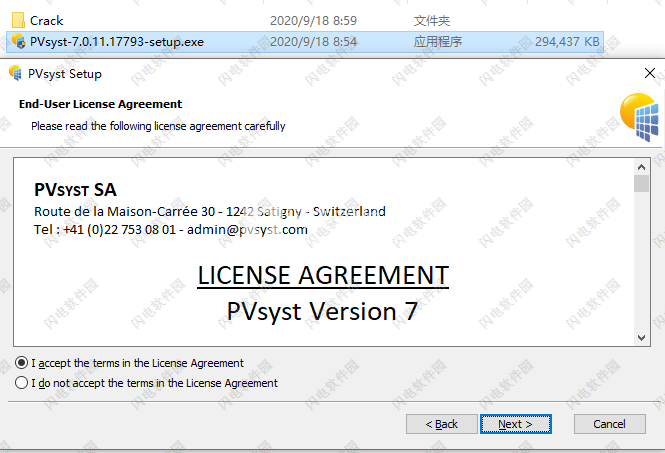
PVSYST 6 SOFTWARE
PVsyst is an all-in-one software package for the evaluation of PV systems.

PVSYST 6 FULL
Designed from the ground up to be a valuable tool for engineers, researchers, educators, and architects, PVsyst can quickly and reliably model the possible deployment formats for PV systems, create full reports, visual graphs, and detailed data tables that are ready for exporting and use in other software.

If needed, you can also adjust the Lower limit for DIF.PVsyst is a preliminary design tool for evaluating the effectiveness and deployment possibilities of photovoltaic systems for converting sunlight into usable electricity. In such cases, you need to adjust internal PVsyst limits to make it work (Main window / Preferences / Edit hidden parameters / Category Miscellaneous: Meteo, Simulation, Upper limit for monthly Clearness Index Kt). This value of global irradiation corresponds to an unrealistic clearness index Kt. Check the values with the "Best clear day Ktcc" graph. The Clearness index of the best clear days is very low with respect to the clear day model. Therefore, PVsyst will show these types of notifications: Some sites especially in tropical climate have a very high DIF or Clearness Index which are out of PVsyst internal default limits. Solargis also supports this format for such cases when last versions of PVsyst are not available. Although recent versions of PVsyst 6 support Solargis csv hourly format, some older versions of PVsyst only accept data in “PVsyst Standard Format”, which can be chosen from the drop-down box when importing data.

This option is also suitable when using older data formats which are not supported anymore.ĭata format. A dialog named "Conversion of ASCII meteo sub-hourly files” will be opened showing other customizable importing options. Although importing such files is not so direct, it is possible through "Databases" - "Import ASCII meteo file”. Other time steps like sub-hourly or daily are also admitted in PVsyst. Please note that in many regions the time zone based on longitudinal reference will deviate from the legal time.ĭata Time-step. When this is not the case, in Solargis we are also supporting older versions by providing csv files in Longitudinal Time Zone (LTZ) time reference, which is based on using longitudinal reference of the site as longitude°/15 (rounded value). PVsyst most recent versions admit data importing in Universal Time Coordinated (UTC) time reference. After clicking on “Import”, PVsyst will create one hourly meteo file (.MET) for one-year period, which can be used when simulating designed systems.

PVSYST 6 SERIES
Other option is using a Time series file, from which several separated one year periods for specific years can be created in PVsyst weather database. One option is using a Typical Meteorological Year (TMY) file, which summarizes weather conditions in one single year of hourly data. PVsyst users can proceed in two complementary ways when importing Solargis hourly data. PVsyst simulation engine runs the simulation taking into account global horizontal irradiation, diffuse horizontal irradiation and temperature (and wind speed if available). In PVsyst software the process of importing Solargis values of irradiation and temperature is very easy and straight forward.


 0 kommentar(er)
0 kommentar(er)
